Course Details
This class is a follow-up to Devil in the Details (you might call it Devil in the Details, part DEUX!).
In this class, we will take the precise movements we built in the previous class, and using the tools (platforms, targeting, etc) from that class, put the behaviors on cue, fade the props, add distance, and build confidence and enthusiasm into the performance.
After applying the principles and exercises in this class, your dog will be prepared to change positions (sit/down/stand) on a verbal and/or hand signal at full competition distance (25-50 ft). These skills are applicable for both the Utility signals exercise and the Open command discrimination exercise. (It won't hurt your drop on recall or directed jumping sit, either!)
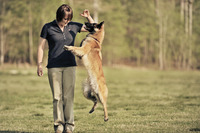 Instructor: Hannah Branigan
Instructor: Hannah BraniganHannah Branigan (she/her) has been training dogs and teaching people for more than 10 years. She is a Certified Professional Dog Trainer (CPDT-KA) and a Karen Pryor Academy Certified Training Partner (KPA-CTP). Hannah is the owner of Wonderpups, LLC, and teaches workshops...(Click here for full bio and to view Hannah's upcoming courses)
Syllabus
Tentative syllabus! Subject to change based on the needs of the teams enrolled and instructor's judgment.
Week 1:
- Introduction
- Which behavior, which cue, which exercise?
- Training with clean loops
- Sit-to-down and Down-to-sit
- Logistics of getting offered behavior in a clean loop
Week 2:
- Fading props, platforms, and targets
- Generalization
Week 3:
- Stimulus Control concepts
- Red light/Green light - Adding a cue and training for stimulus control without frustration
- Handling errors
Week 4:
- Discrimination between cues (or signals)
- Reinforcement games - Preparing for variable reinforcement
Week 5:
- Adding distractions
- Environmental
- Human
Week 6:
- Adding distance
- Are we ready?
- Systematic increments
Prerequisites & Supplies
All silver and gold participants must have taken Devil in the Details and completed those exercises prior to this class.
Bronze participants have no prerequisites but should know that the exercises in this class build directly off the Devil in the Details class exercises, so prior knowledge is assumed.
Skill Building 1 and 2 are highly recommended, but not required.
Equipment:
All targets and platforms used in Devil in the Details will be used in this class as well.
Sample Lecture
1.3 TRAINING WITH CLEAN LOOPS
Training with “clean loops” is the secret to efficient training, consistent behaviors, and confident dogs. It’s the key to quick cue acquisition and painless, frustration-free stimulus control. In this class, we are going to focus a lot of our effort into building clean loops for the behaviors that we are interested in, because it’s going to make getting those behaviors on cue SO EASY it will feel like cheating.
- Dog performs all elements smoothly
- Human performs all elements smoothly
- All behaviors are performed without hesitation
- No unwanted behaviors in the loop
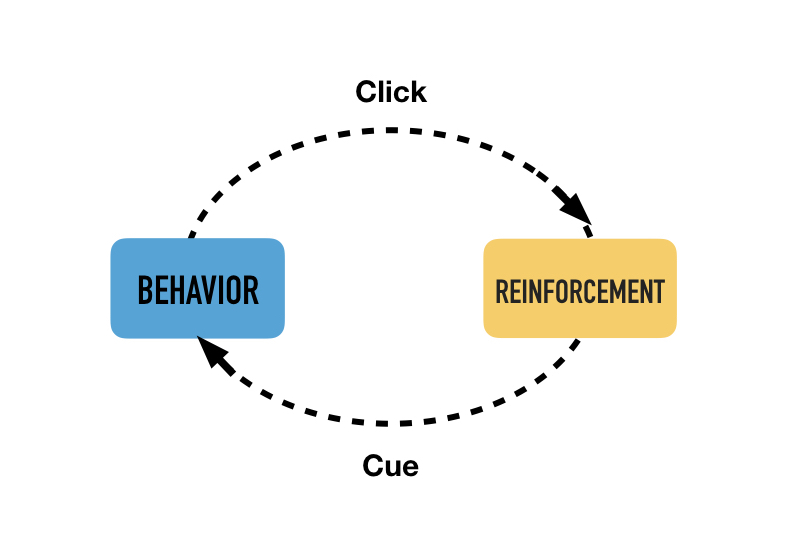
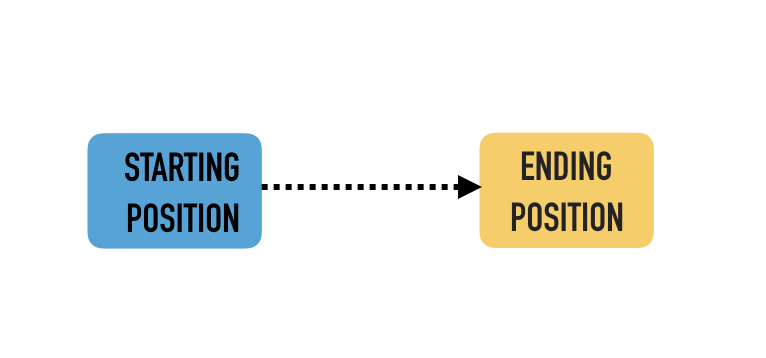
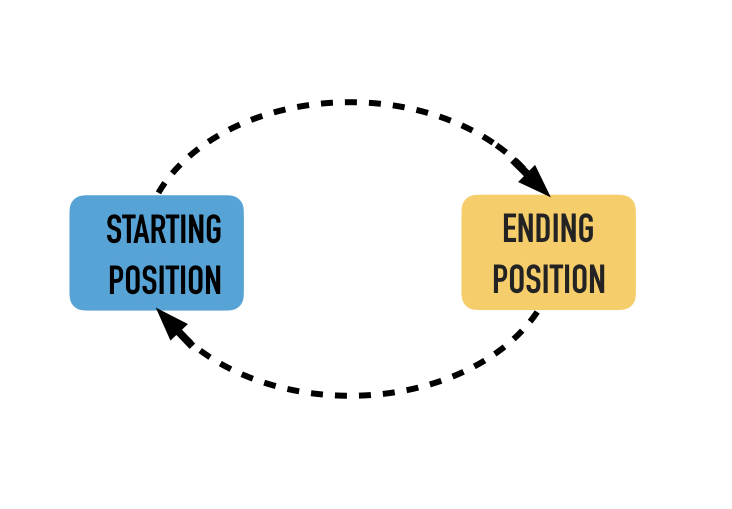
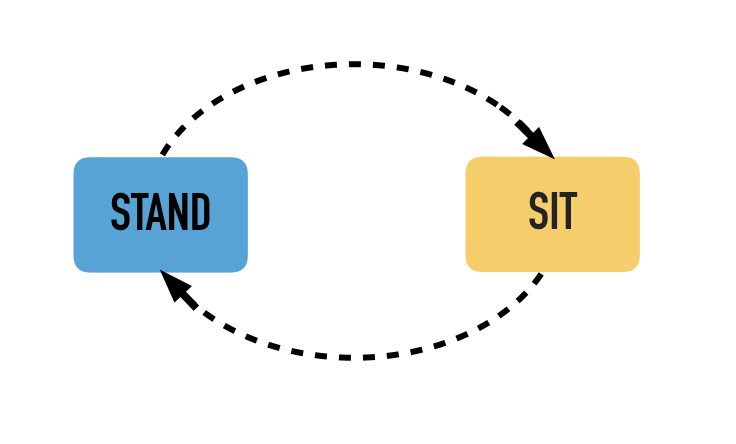
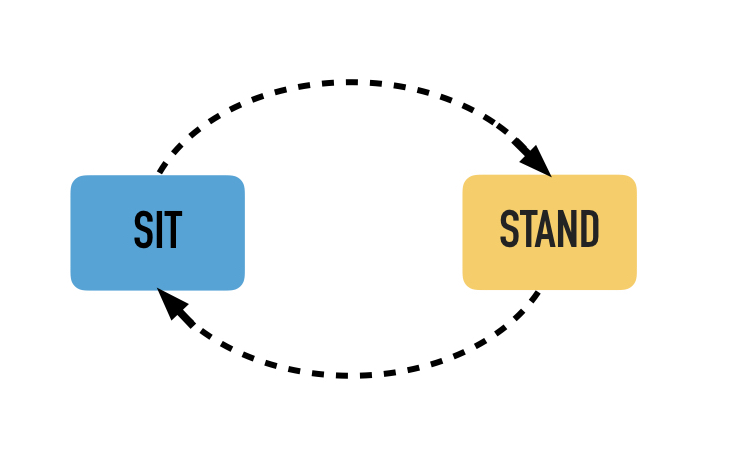
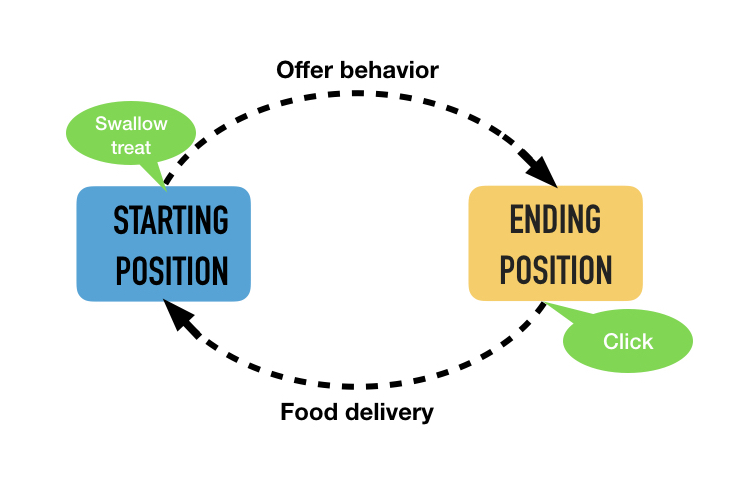
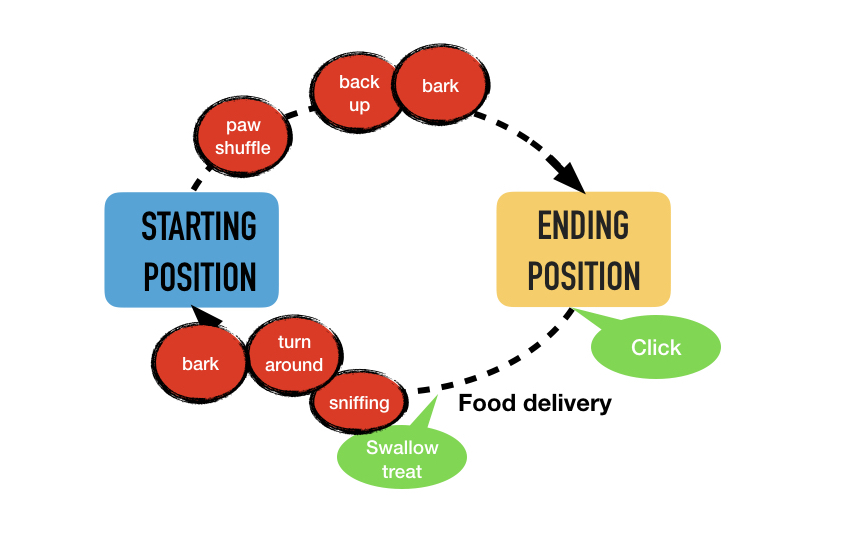
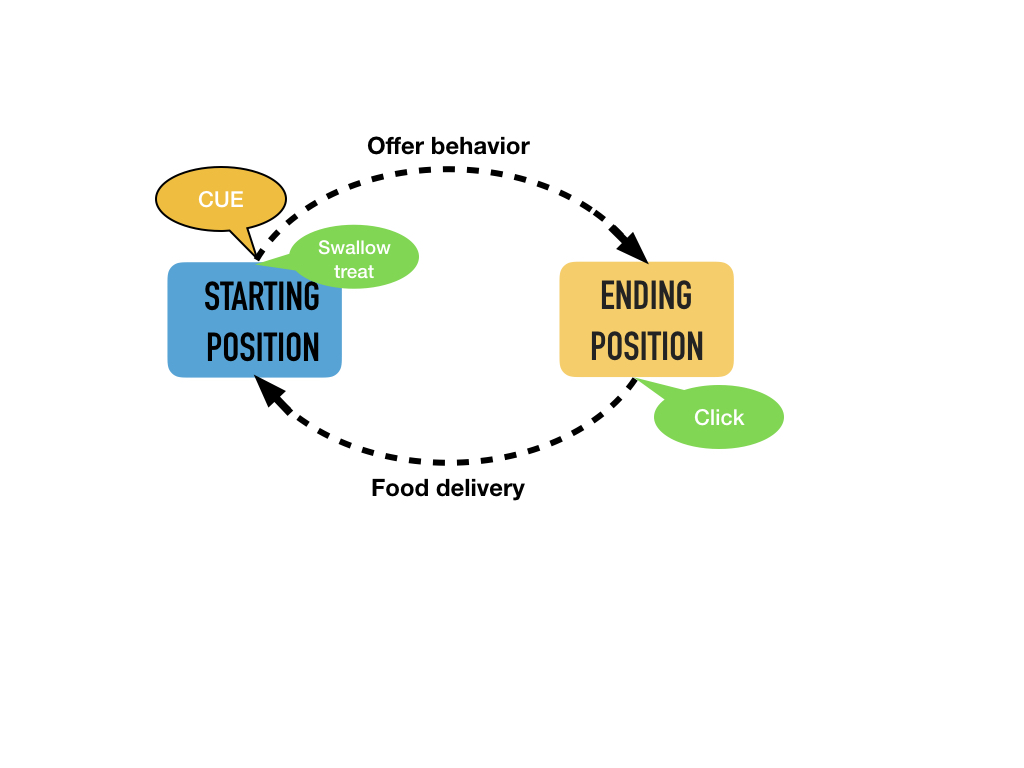
Testimonials & Reviews
A sampling of what prior students have said about this course...
This class is outstanding and I expect it will be one that will sell out fast in the future. The lectures are a perfect mix of written and video with exercises split down to ensure both handler and dog will have success so you won't dig yourself into any big holes, or conversely it will show you how to dig yourself out of the holes you've already dug. The attention to detail in these lectures will satisfy the biggest dog nerd and leave no unanswered questions. Hannah's teaching style is brilliant, her critiques are specific and kind without being overwhelming (which shows terrific restraint) and they don't even feel like critiques, any frustration she has doesn't show at all and it feels like she really cares about her students and their success. Thanks Hannah! - Nicole
I loved this class! Its very hard to slow down and perfect the position changes before moving on to anything else - distance, chains, rally, etc. Hannah broke it down into pieces and he watchful eye helped us iron out issues before moving on. Highly recommend this class IF you are into really focusing on positions up close and personal.
Awesome class! Awesome instructor!
This class was quintessential Hannah! I loved it and all my Hannah geek friends at Gold loved it too:) I am still going through the lectures in detail because they are a treasure trove of information. Post-class I've started to incorporate this work regularly in our training sessions. Early in the session, I did feel overwhelmed because Buckle had an emotional moment that we had to work through. Thanks Hannah! Super excited about where this information will take us in our training.
Another absolutely brilliantly geeked out Hannah class! This class was perfect. Loved everything about it. Hope there will be a part three :)
Registration
There are no scheduled sessions for this class at this time. We update our schedule frequently, so please subscribe to our mailing list for notifications.
Registration opens at 11:00am Pacific Time
OB660 Subscriptions
 Gold |
 Silver |
 Bronze |
|
|---|---|---|---|
| Tuition | $ 260.00 | $ 130.00 | $ 65.00 |
| Enrollment Limits | 12 | 25 | Unlimited |
| Access all course lectures and materials | ✔ | ✔ | ✔ |
| Access to discussion and homework forums | ✔ | ✔ | ✔ |
| Read all posted questions and answers | ✔ | ✔ | ✔ |
| Watch all posted videos | ✔ | ✔ | ✔ |
| Post general questions to Discussion forum | ✔ | ✔ | ✖ |
| Submit written assignments | ✔ | ✖ | ✖ |
| Post dog specific questions | ✔ | With video only | ✖ |
| Post videos | ✔ | Up to 2 | ✖ |
| Receive instructor feedback on |
|
|
✖ |
Find more details, refund policies and answers to common questions in the Help center.